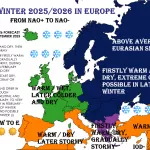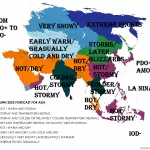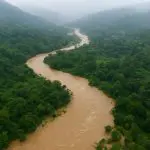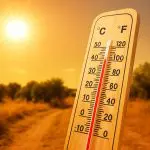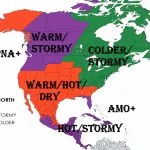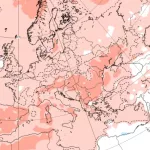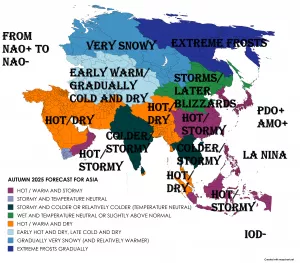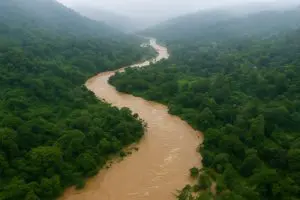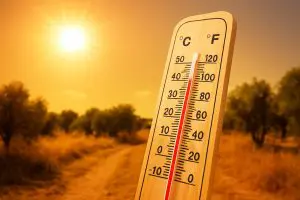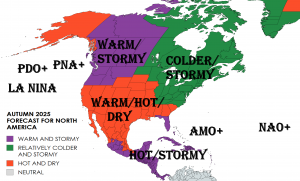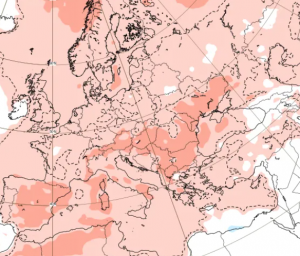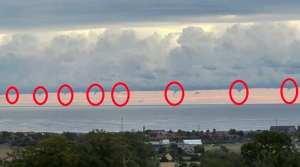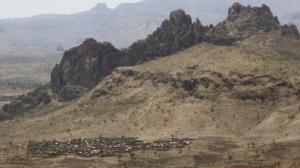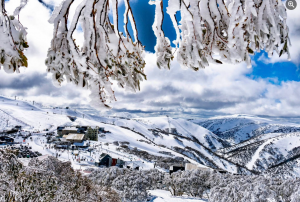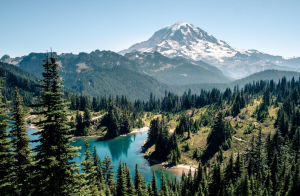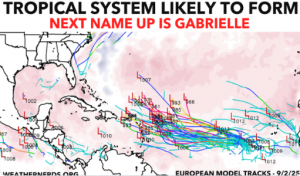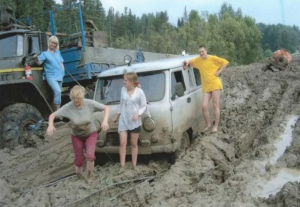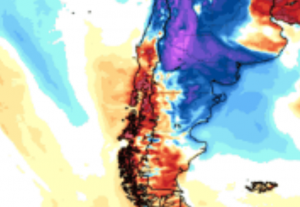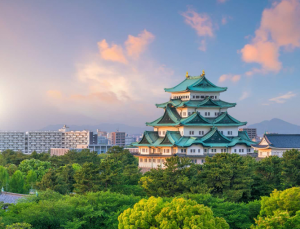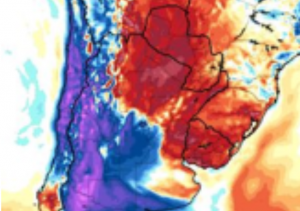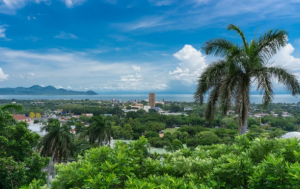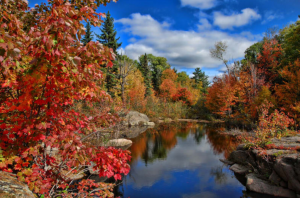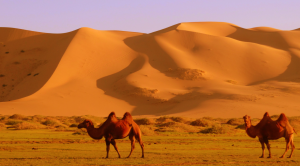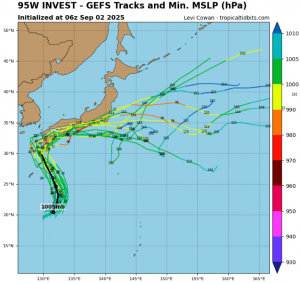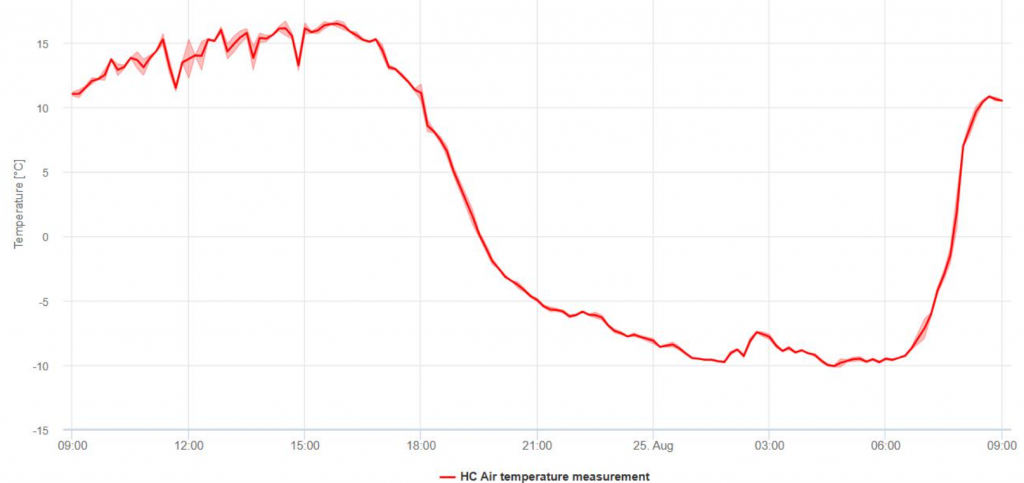
In the early hours of this morning, a remarkable meteorological event unfolded on the Bükk Plateau in northern Hungary. The Mohos Sinkhole meteorological station, operated by the Institute of Geography and Geoinformatics at the University of Miskolc, recorded a minimum air temperature of –10.14 °C at the standard two-meter measurement height. According to the definition of HungaroMet, this qualifies as a “severe cold day”, a term used when the daily minimum drops to –10 °C or below. What makes this extraordinary is not merely the severity of the cold, but the fact that it occurred in the middle of summer. This measurement is the lowest summer air temperature ever documented in Hungary, even when considering unofficial data. It also provides an answer to a question debated among researchers for decades: is it possible for a karst depression on the Bükk Plateau to reach below –10 °C in summer at official measurement height? The answer, at last, is yes.
Although the Carpathian Basin was under the influence of an anticyclone, synoptic-scale conditions alone cannot explain the extremity of the event. At the 850 hPa pressure level, corresponding to about 1,500 meters above sea level, air temperatures ranged between 6 and 8 °C. This is somewhat below the seasonal average but not particularly unusual. The decisive factors lay elsewhere. A combination of cold and relatively dry air masses, perfectly clear skies, a total lack of wind, and the plateau’s unique karst depressions created the right environment for extreme cooling. These conditions permitted the full development of a nocturnal temperature inversion, in which colder, denser air drained into the sinkhole and accumulated there like water in a basin, forming a cold-air pool. Once this process began, the air inside the depression became decoupled from the regional atmosphere and dropped far below the values one would expect from the larger-scale weather pattern.
The Mohos Sinkhole itself is not even the most sheltered depression on the plateau. Because it is somewhat exposed to northerly winds, some experts previously doubted whether it could ever reach the threshold of –10 °C in summer. On this particular night, however, the calm remained undisturbed long enough for maximum radiative cooling to take hold. Thanks to continuous monitoring, the cooling timeline can be reconstructed in detail. At 19:30 local time, the two-meter temperature dropped below freezing. By 21:00, it had already fallen below –5 °C, showing how quickly conditions deteriorated. Around 02:00 a brief disturbance occurred as northerly regional winds slightly disrupted the cold-air pool, producing a minor temporary warming. Yet this was short-lived, and by 04:30 the cooling resumed, pushing the temperature below –10 °C. Finally, at 04:50, the station registered –10.14 °C, the lowest summer temperature ever measured in Hungary. This surpassed the previous unofficial record of –8 °C, which had already been observed earlier this year.
This scientific milestone is not an isolated event but part of a larger collaborative effort to understand the microclimates of the plateau. Other researchers, such as Róbert Kerékgyártó, have been monitoring neighboring depressions, including the Vörösmeteor Sinkhole. On the same night, his station recorded –8.1 °C, now the second-lowest summer value ever documented in the country. Together, these independent datasets confirm that the plateau’s karst systems are capable of producing extraordinarily low temperatures under the right conditions.
The significance of the event goes beyond breaking a record. Scientifically, it confirms that –10 °C in summer is not merely theoretical but attainable when favorable microclimatic processes align. It underscores the power of topography and localized conditions in creating extremes that defy broader meteorological expectations. From an environmental perspective, it highlights the sensitivity and importance of these sinkholes, many of which are strictly protected nature reserves, including the Mohos Sinkhole and the nearby Zsidó Meadow. While public interest in these sites is natural, researchers emphasize that visitors should not enter the depressions outside of designated trails, as their ecosystems are delicate and easily disturbed. From a historical perspective, it is almost certain that such extremes occurred in the past, long before humans established measurement stations. The microclimate of the Bükk Plateau has existed on its own rhythm for millennia, and our presence as observers is a temporary privilege.
András Dobos, who has coordinated these measurements since 2009, expressed that the purpose of their work was never to pursue sensational records but to deepen understanding of a hidden world. He has stated that the research is about documenting processes in context, not about promoting numbers out of context. Each dataset is a fragment of a much larger story of atmospheric dynamics within unique karst landscapes. In his words, the role of researchers is to remain humble, to communicate responsibly, and to avoid speculation that goes beyond the evidence.
For those engaged in this long journey of observation, the night when a severe cold day was finally recorded in summer on the Bükk Plateau marks the beginning of a new chapter. A question that lingered for decades has at last been answered through a combination of patience, persistence, and natural coincidence. The Mohos Sinkhole now holds the record for the coldest summer night in Hungary, but more importantly, it has reminded us how extraordinary microclimates can flourish in small, hidden places, and how much more remains to be learned about the interactions of land, air, and weather. The message of this event is not only about science but also about respect: for the landscape, for the fragile ecosystems of these sinkholes, and for the responsibility to protect them.
This single night of summer frost will be remembered as both a scientific milestone and a humbling encounter with nature’s complexity. For the first time, we can say with certainty that the plateau’s sinkholes are capable of sub –10 °C air temperatures even in the warmest season. While technology enables us to measure and share these values, the true narrative belongs to the landscape itself. These cold pools and inversions are phenomena that began long before us and will continue long after. Our task is simply to observe, learn, and protect.

Source: https://www.facebook.com/photo?fbid=122205332258049393&set=pcb.122205332600049393
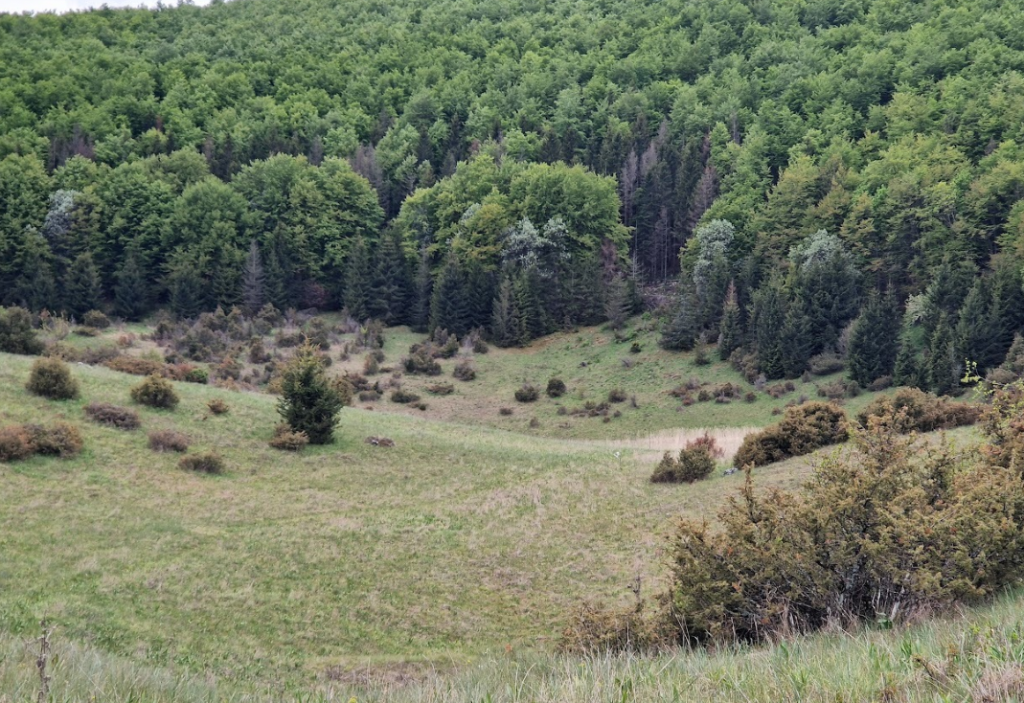
Sinkhole with measured -10.4°C in August 2025. Source: https://www.facebook.com/profile.php?id=61551481792695
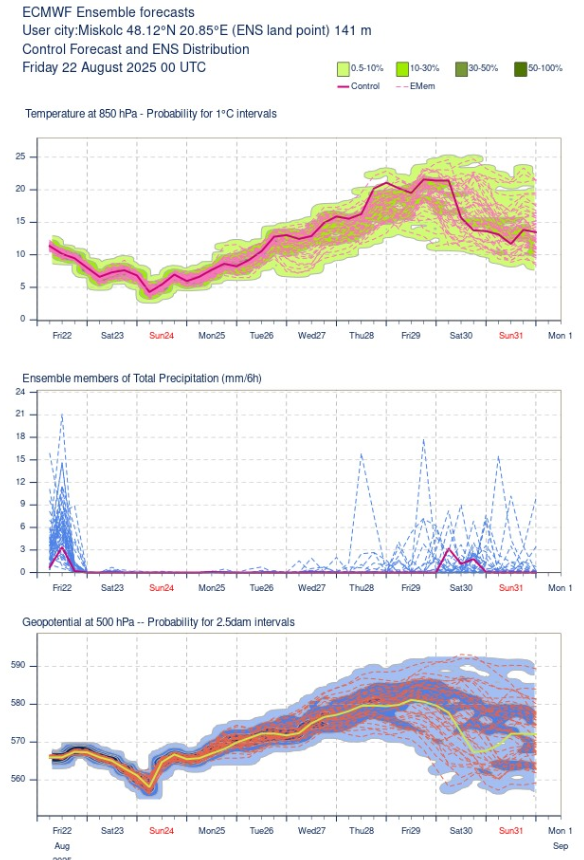
Weather conditions on 24.8.2025. Source: https://www.facebook.com/photo?fbid=122205332318049393&set=pcb.122205332600049393

